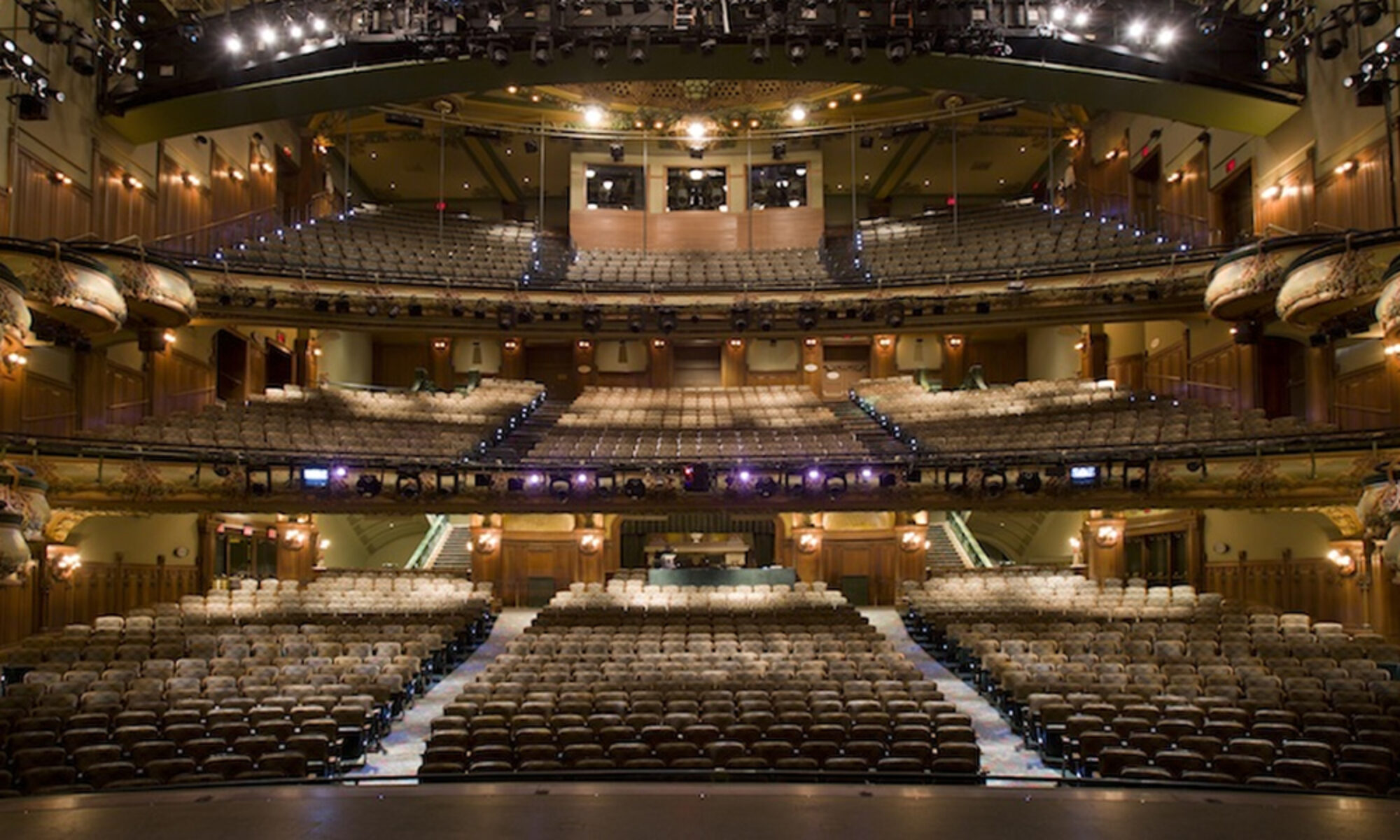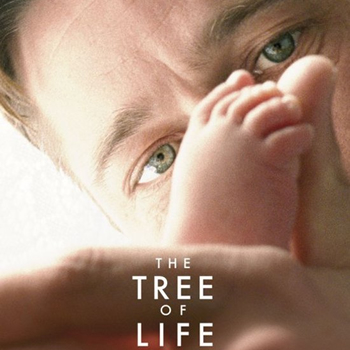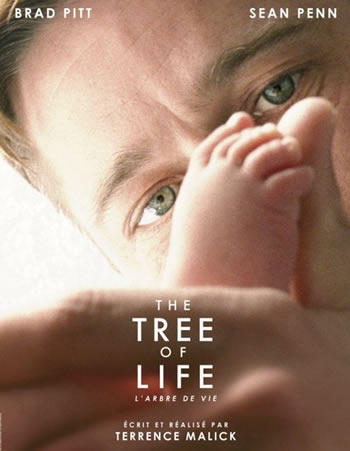With wit, reviewed by Kimmo Mustonenen
Sometimes a filmmaker’s own reputation also be fatal.
This applies even if one of the industry has such a legendary reputation as Terrence Malick.
With only two films in the 1970s (Badlands, 1973 and In the Days of Heaven, 1978), he became aware of and was regarded as a gifted poet of American cinema.
The myth was also fueled by his passion for philosophy and his mysterious withdrawals from the film industry, his now 40-year career in this ensured that Malick in time only four feature films has been realized as a whole.
No wonder that after this history, the expectations of Terrence Malick’s long-promised movie The Tree of Life were huge – maybe too huge.
At the press screening in Cannes film was the least quieter applause with clearly audible boos considered next.
What happened? Indeed.
 On the surface, Malick tells of the struggle between two competing principles in the world whose existence and rivalry it represents the basis of a family. These lives during the late 1950s and early 1960s in Waco, Texas and consists of a sternly father (Brad Pitt) and a mild, often a little dreamy-acting, understanding and empathy capable mother (Jessica Chastain – much like Ginnifer Goodwin in Bigger Love, but less cute) and their three sons, of particularly ,among Jack (Hunter McCracken), is central, especially because he always gets together with his father.
On the surface, Malick tells of the struggle between two competing principles in the world whose existence and rivalry it represents the basis of a family. These lives during the late 1950s and early 1960s in Waco, Texas and consists of a sternly father (Brad Pitt) and a mild, often a little dreamy-acting, understanding and empathy capable mother (Jessica Chastain – much like Ginnifer Goodwin in Bigger Love, but less cute) and their three sons, of particularly ,among Jack (Hunter McCracken), is central, especially because he always gets together with his father.
What?
Than in a swimming accident, one of the other two brothers died (and it is for the later mysterious appearance and disappearance of this child are also numerous other interpretations), is the family, which is of choleric father out with a heavy hand, before a crucial test.
In later years, recalls Jack (played by Sean Penn as an adulterer) at this time and tried to work with his life by remembering to come to terms. However, there are many things in history that remains open, because a number is only suggested. And it could give almost every turn, a different explanation.
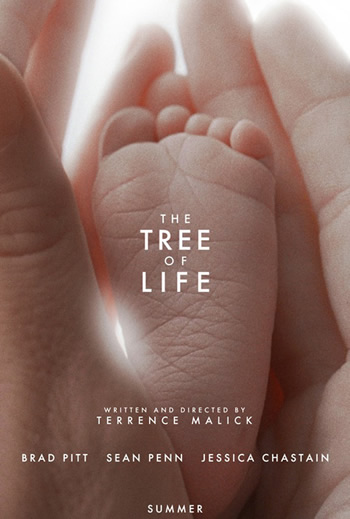 Malick, a great fondness for detailed descriptions of nature, that has, at least since his magical pictures from the 1970s, where wheat fields like a giant red sea in the wind sway known.
Malick, a great fondness for detailed descriptions of nature, that has, at least since his magical pictures from the 1970s, where wheat fields like a giant red sea in the wind sway known.
In The Tree of Life director dares even a twenty-minute excursion into the world of the elements and shows images of exquisite beauty, the sequence almost has a visual trip will leave the drug (just say “yes”).
Bizarrely shaped rock formations, underwater photographs, swaying fields of sunflowers, volcanic eruptions and other illustrations of the forces of nature are in sum probably the entire duration of the film for more picture to see it in about as the people whose story the film tells
What?
Also during the story, the basis for these excursions is the contemplative lives, mainly through the power of images and their uniqueness. There is hardly a setting that does not attract attention, detail, dynamic solution looking for (and find).
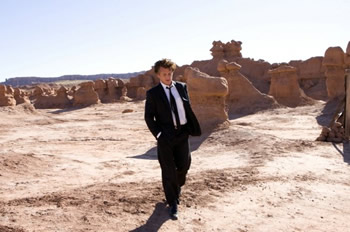 Constantly in motion, the camera hovers between people, cuts to the people, then jumps back in detail or extreme wide angle, the composed landscape shots are carefully removed from and thus forms a picture puzzle of lamenting elegance.
Constantly in motion, the camera hovers between people, cuts to the people, then jumps back in detail or extreme wide angle, the composed landscape shots are carefully removed from and thus forms a picture puzzle of lamenting elegance.
Above that is on the soundtrack is a mix of sparse dialogue, detailed off-narration, natural sounds and a lot of classical and sacred music, often with a chorus presented one that carried the tone of the narration strengthened – only to be softened later up.
The Tree of Life is a thoroughly ambiguous work, which at least partly, as fascinating as puzzles gives up (and at least two-three-seen four times or have to get used one way thicket of interpretations and possible interpretations has beaten the by). And even then, in discussions with others, resulting in conversation more and more signs and directions or as a model Martin Heidegger would say Malick, “Ways and blind alleys.”
Me, too.
A film for the exquisite viewfinder – and definitely in a double sense. Right?
 Kimmo Mustonenen – Behind The Proscenium
Kimmo Mustonenen – Behind The Proscenium
Follow @KimmoMustonenen
